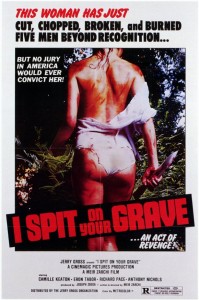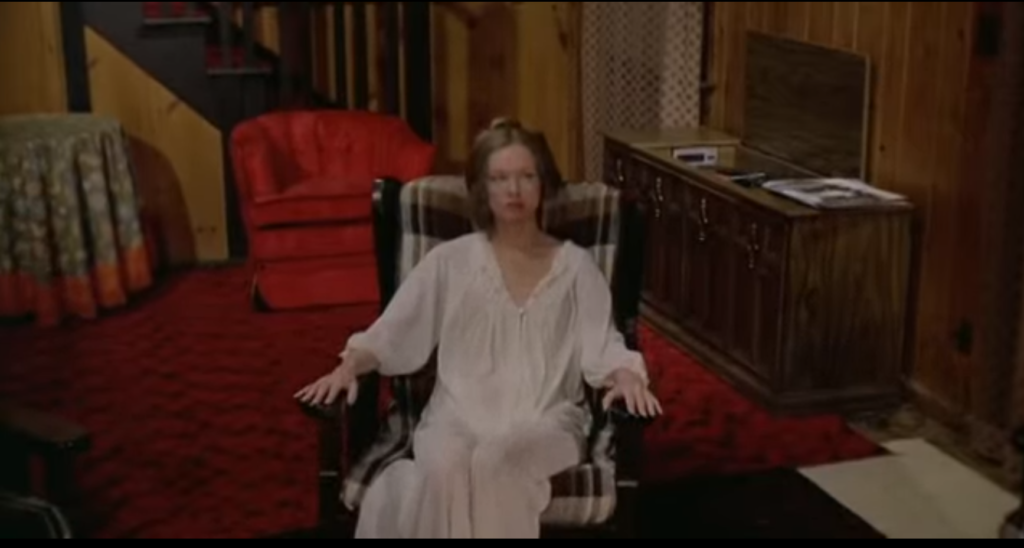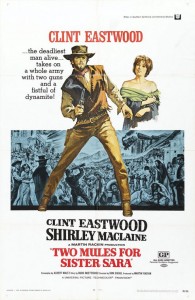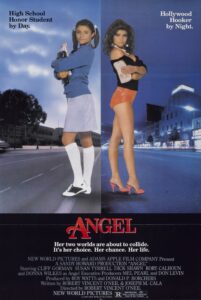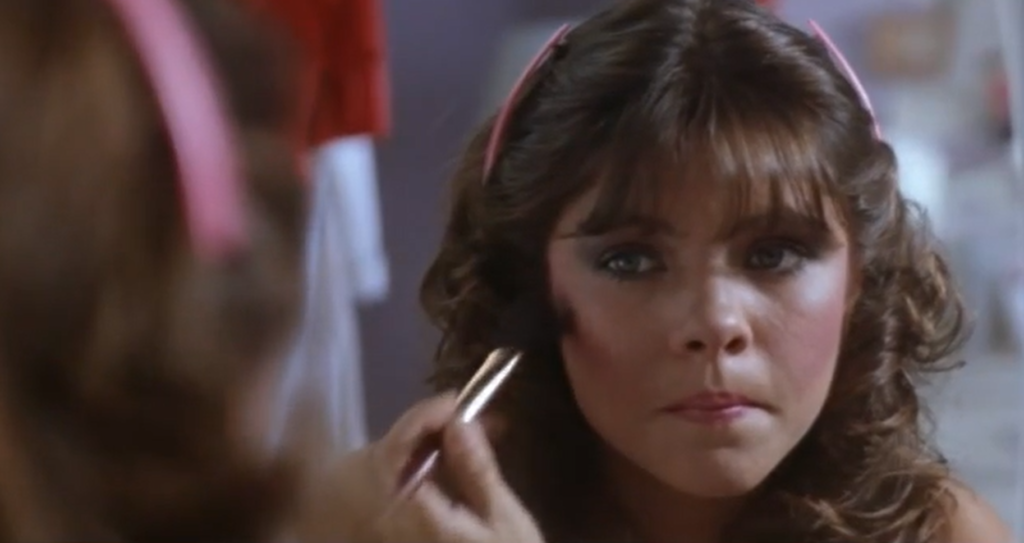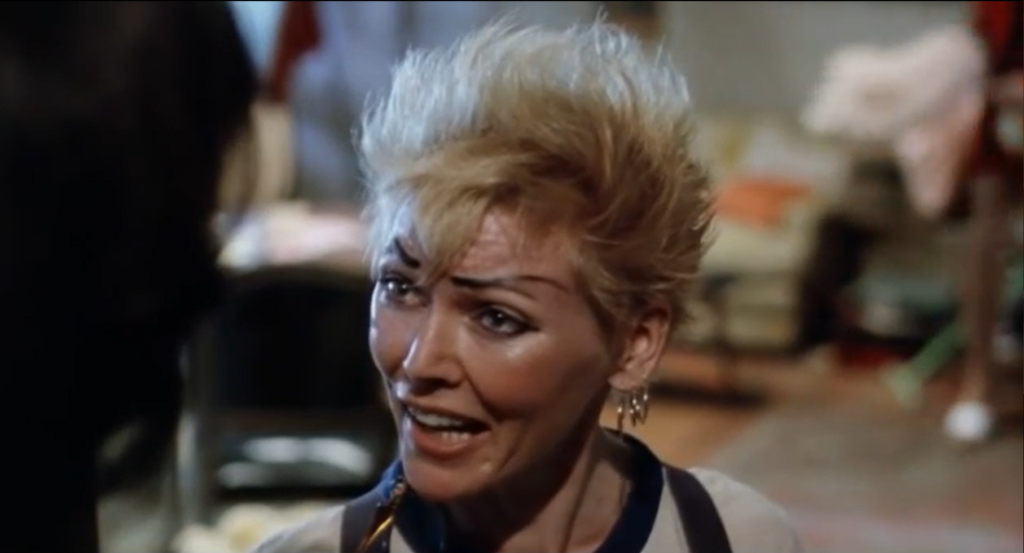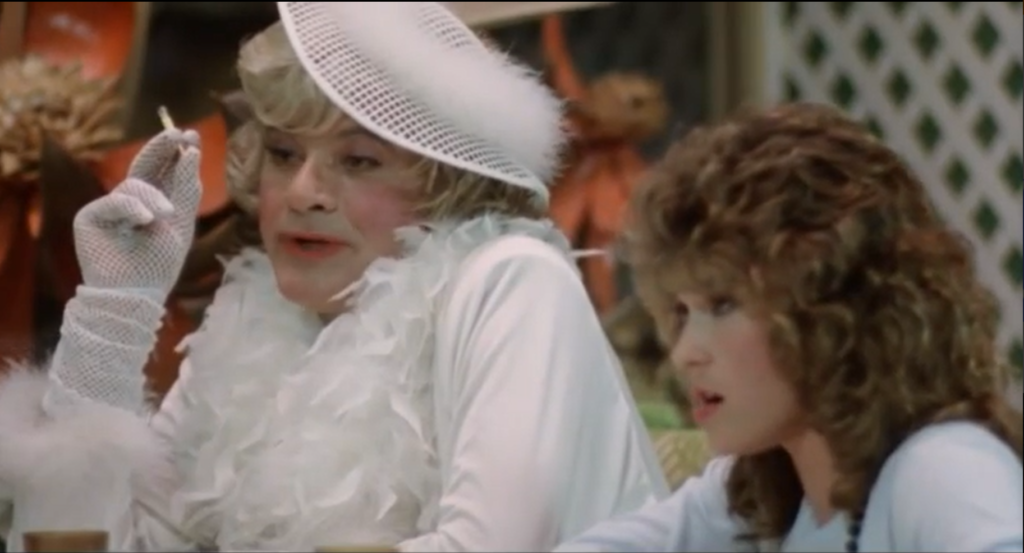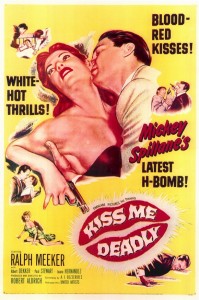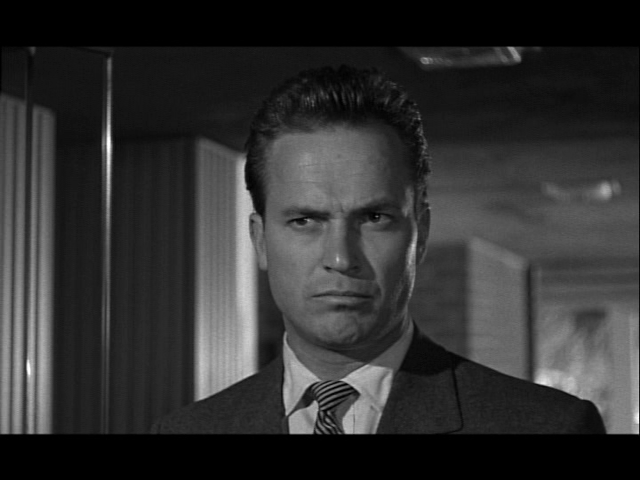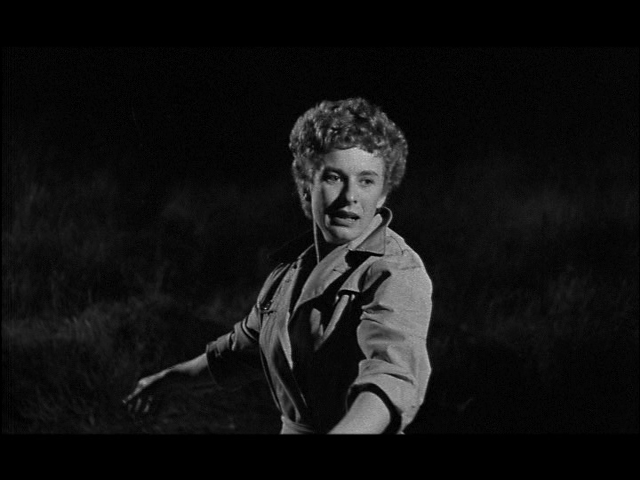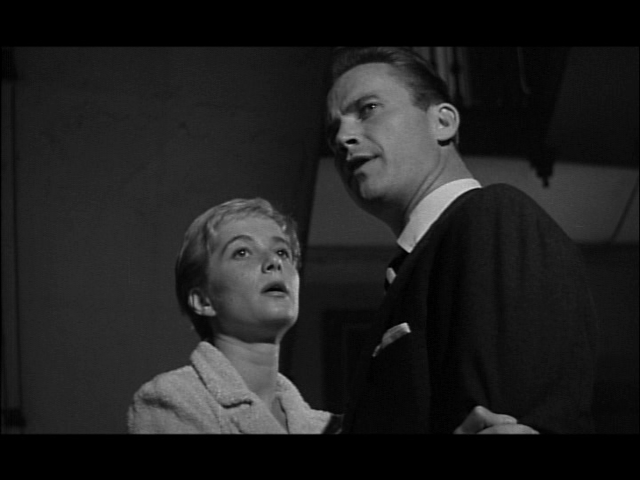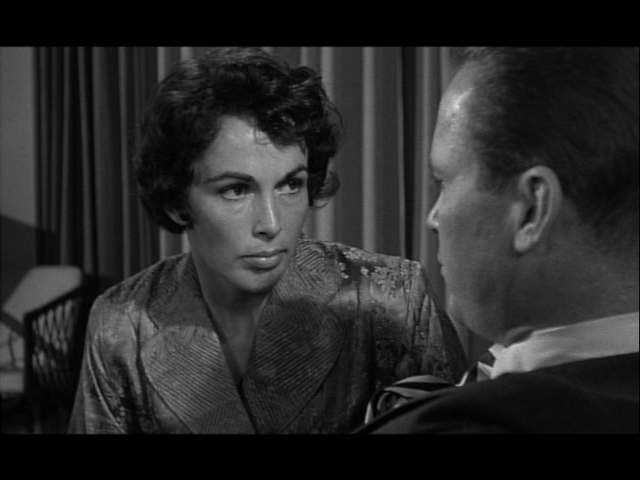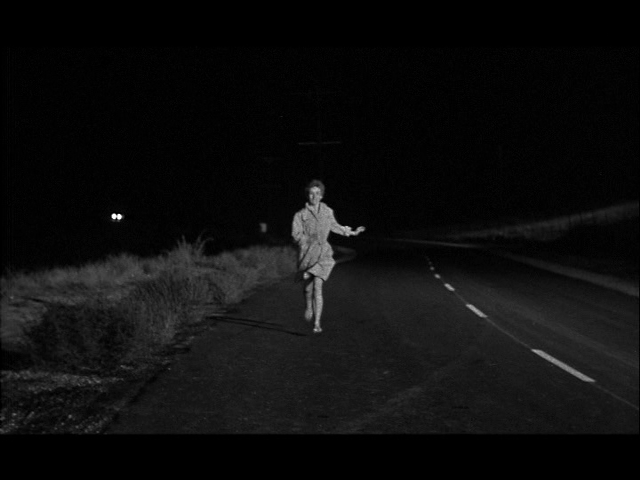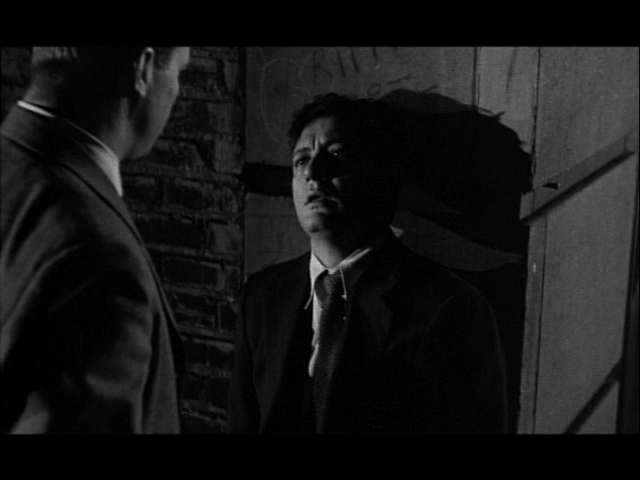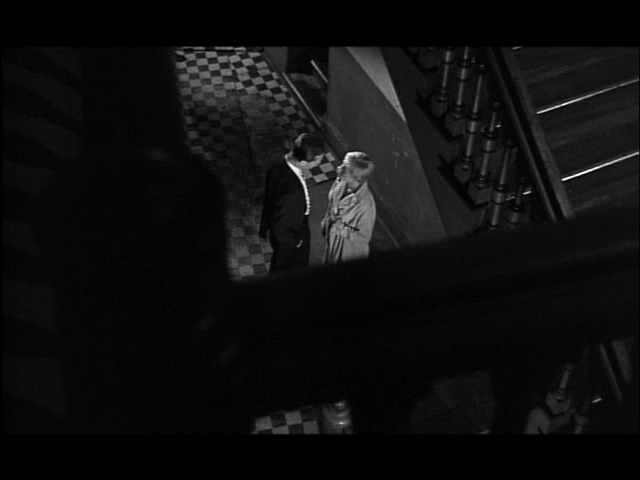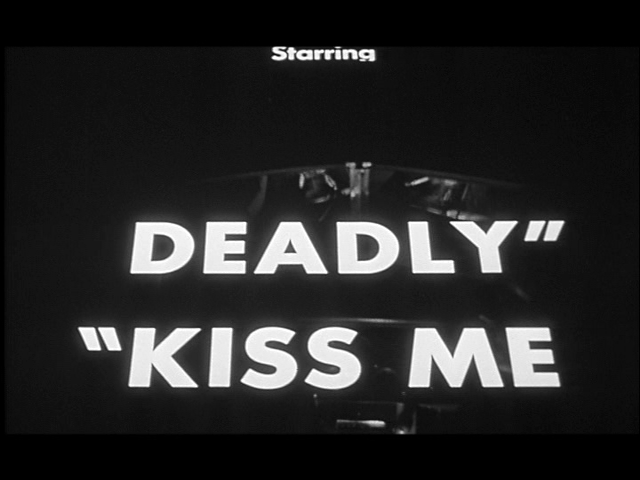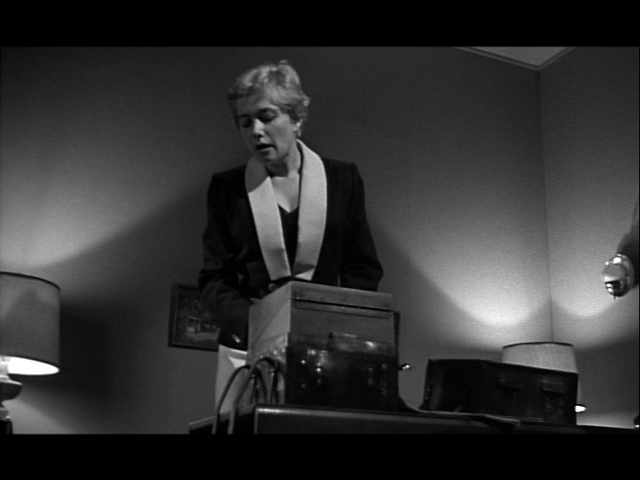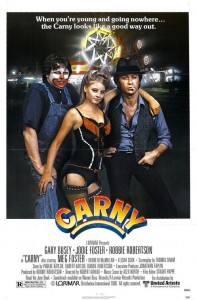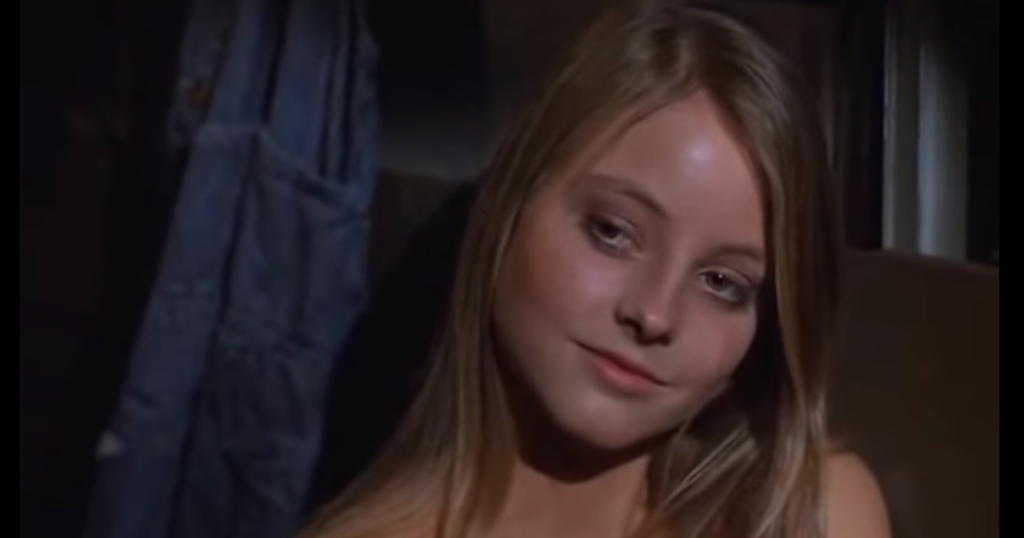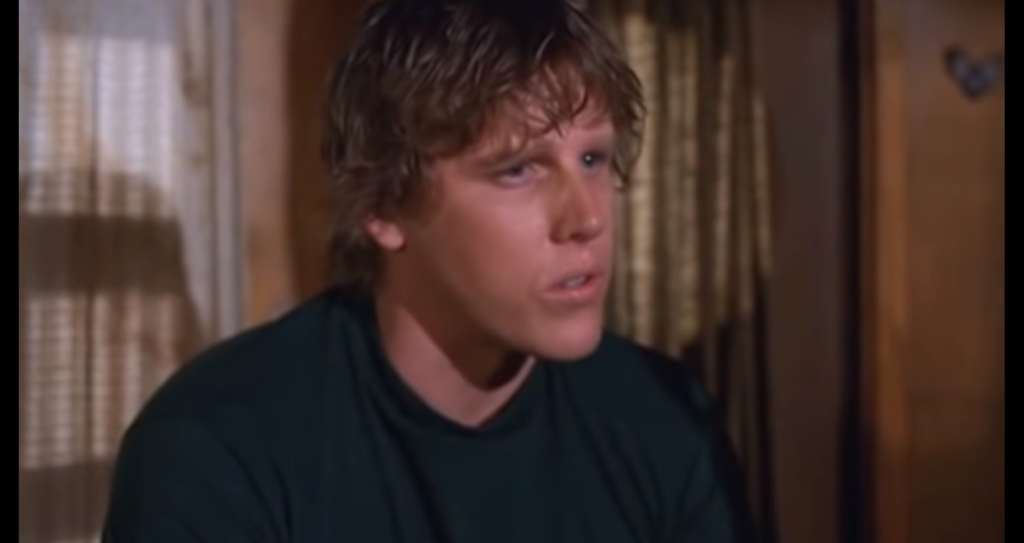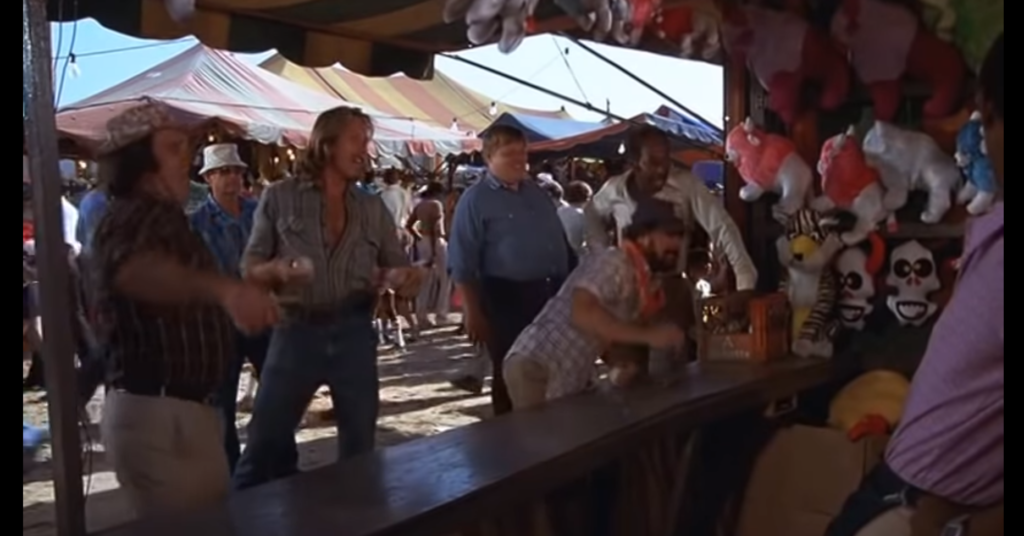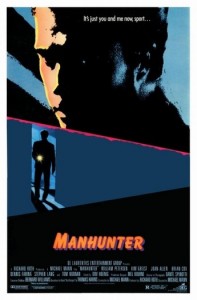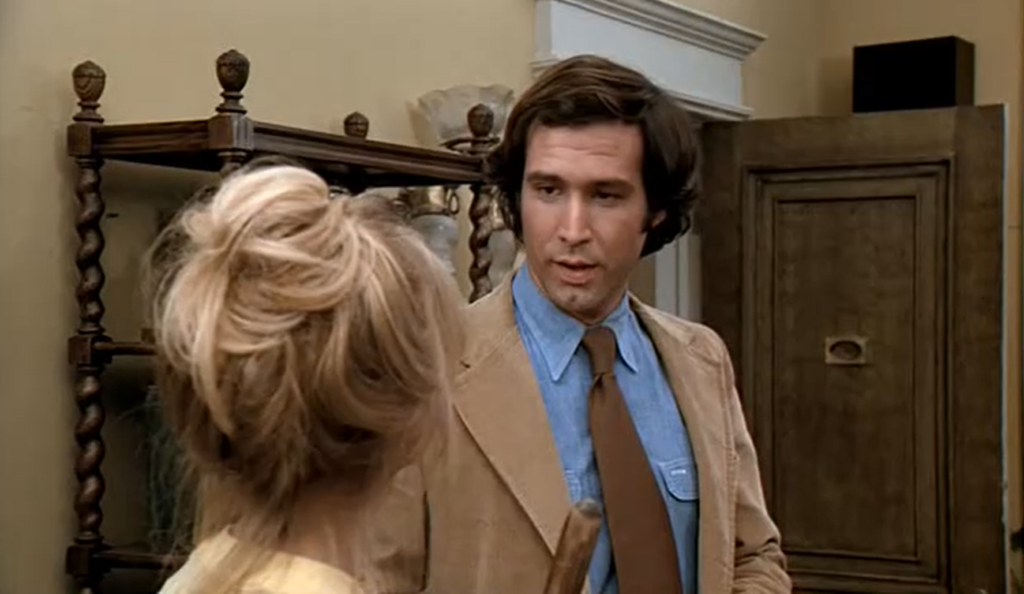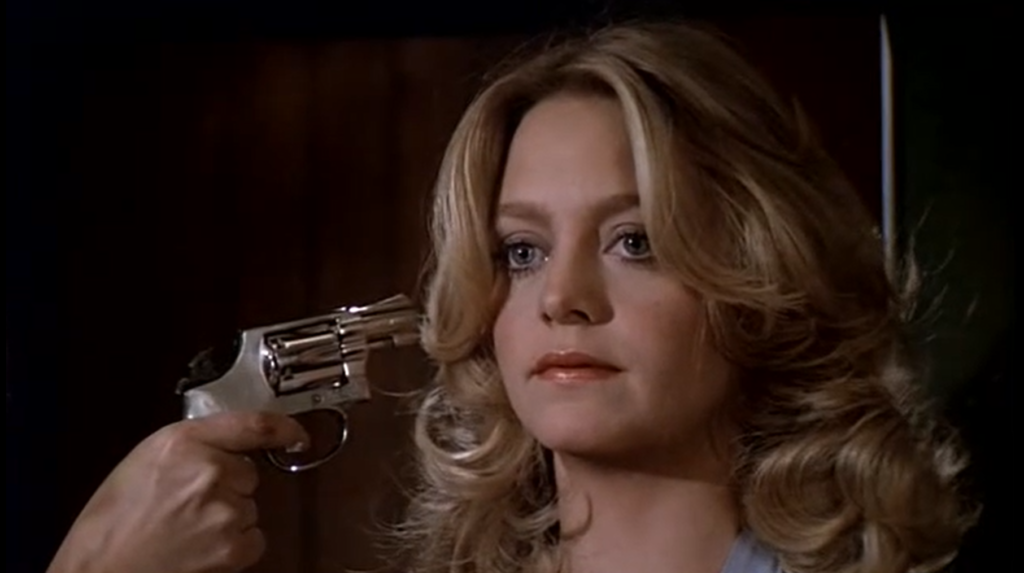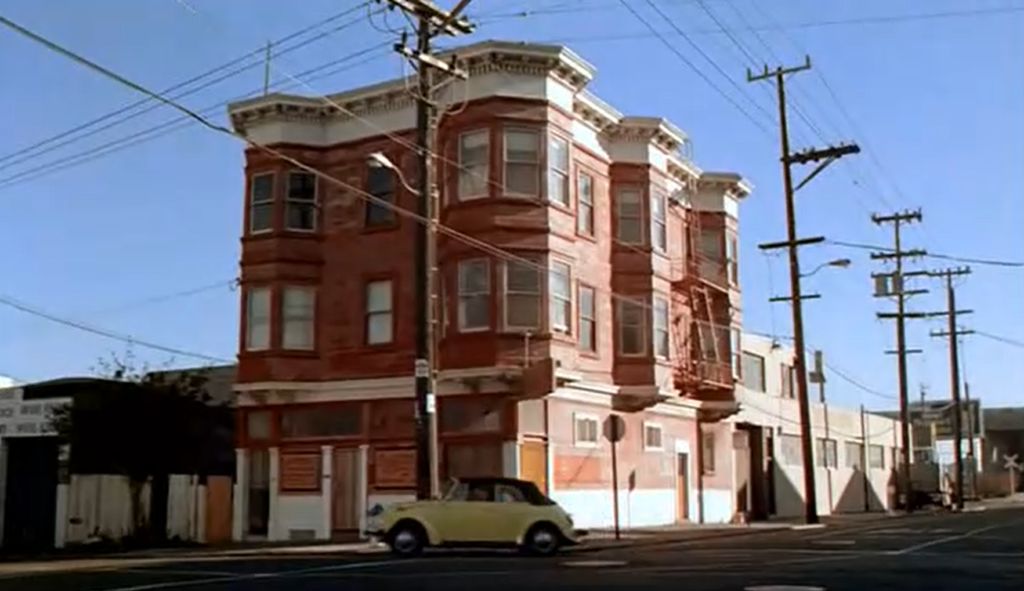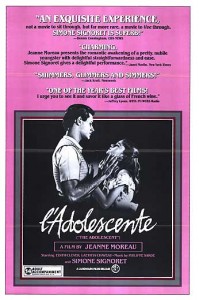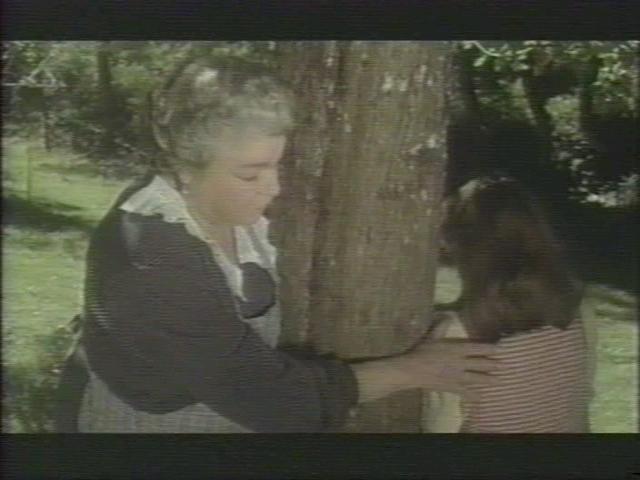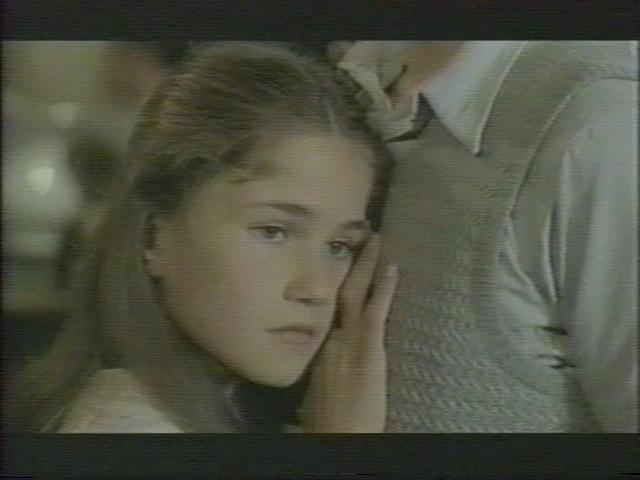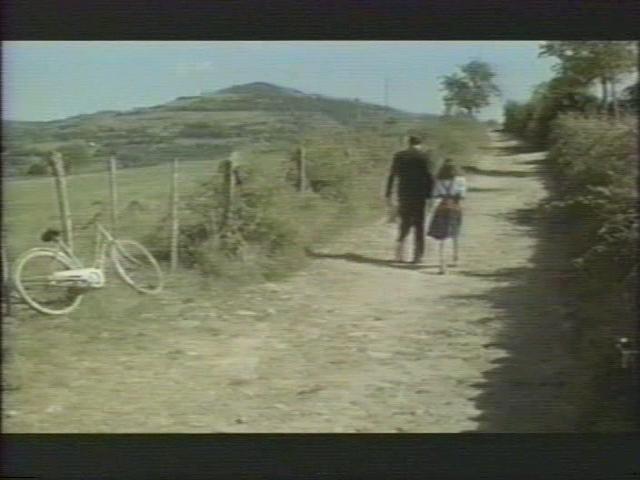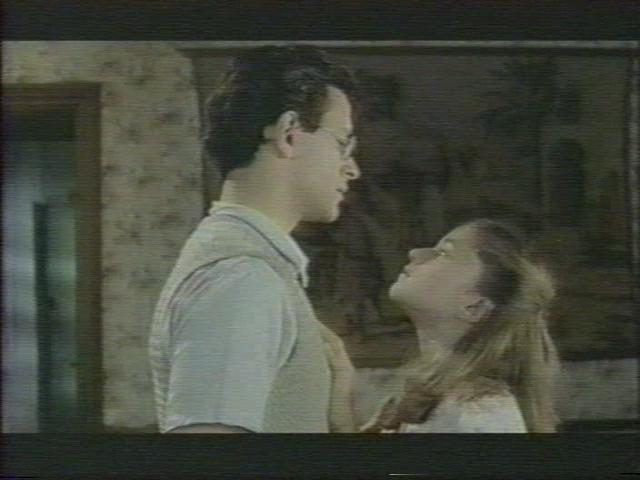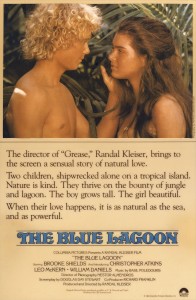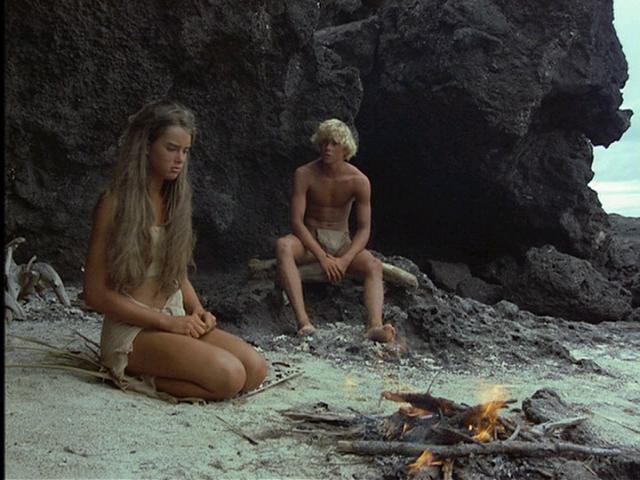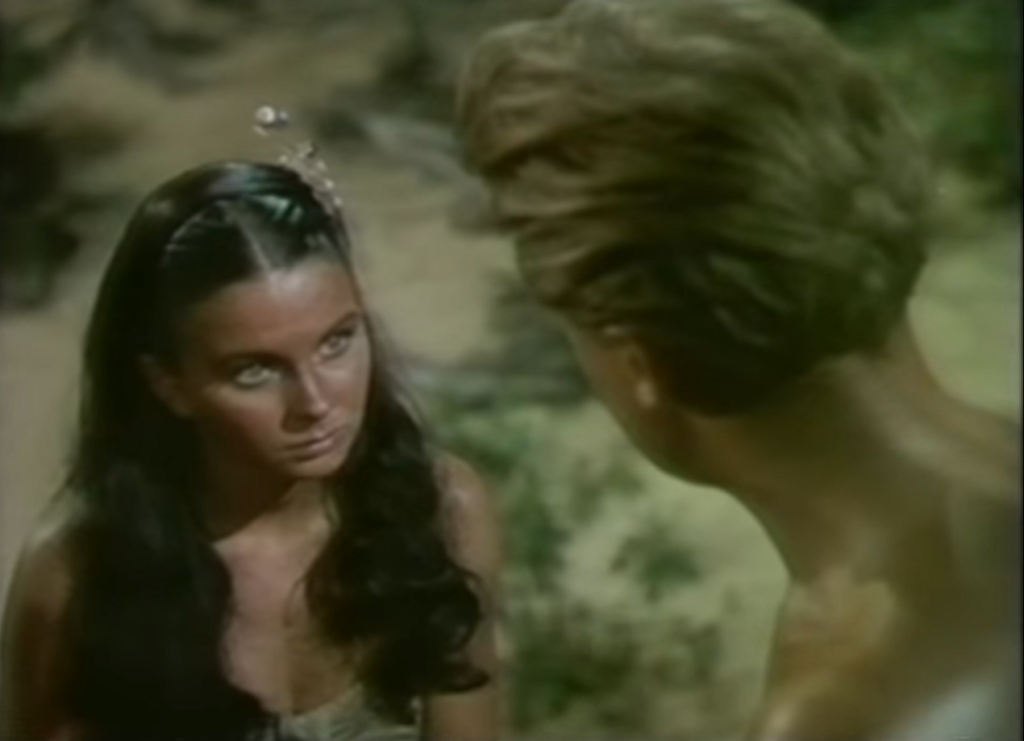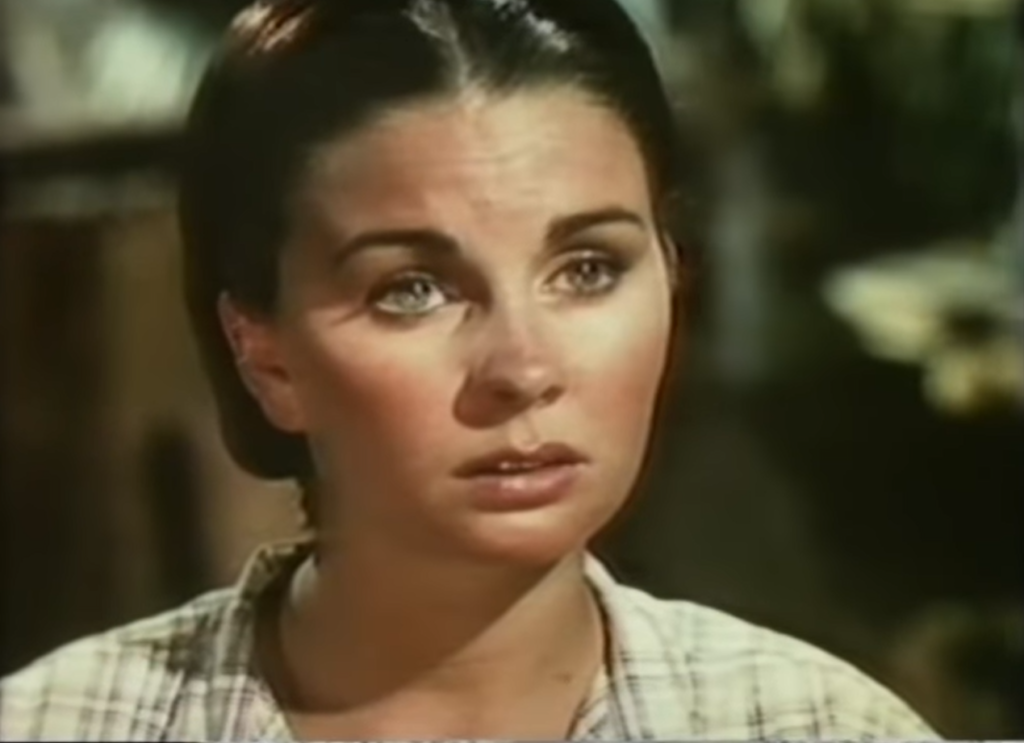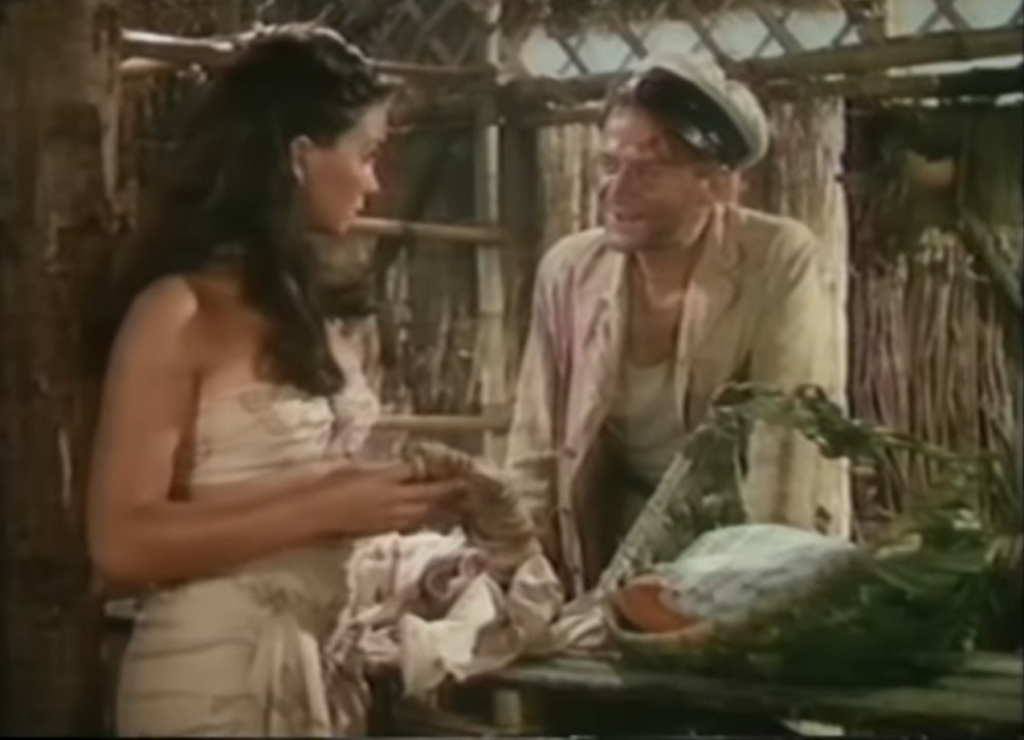|
Genres, Themes, Actors, and Directors:
- Cat-and-Mouse
- Detectives and Private Eyes
- Murder Mystery
- Psychopaths
- Race-Against-Time
- Serial Killers
Review:
Five years before Jonathan Demme directed Silence of the Lambs (1991), Michael Mann released this highly stylized, under-the-radar version of Thomas Harris’s novel Red Dragon. While both films remain taut, well-acted thrillers, I’ll admit I prefer this earlier one — and its cult following reveals that I’m not the only one who feels this way. The performances in Manhunter are uniformly excellent. Unlike Ted Levine’s freakish “Buffalo Bill” in SOTL, Tom Noonan manages to portray “the Tooth Fairy” as a psychotic soul who is haunted by the desire for normalcy. Brian Cox’s performance as Hannibal Lecktor is a masterpiece of understated acting — the scene in which he coolly makes a call from his cell to find out Graham’s home address is one of the most chilling in cinematic history. And while Jodie Foster deserved her Oscar for playing Clarice Starling in SOTL, William Peterson’s approach here is equally viable.
In addition to fine performances, Manhunter is a visual masterpiece, with highly stylized camera angles, sparse geometric sets, and gorgeous, hue-drenched cinematography. Michael Rubini’s memorable, heavily synthesized score — while clearly marking Manhunter as a product of the ’80s — adds to the overall stylized effect, relentlessly propelling this race-again-time thriller to its effective climax.
Redeeming Qualities and Moments:
- William Petersen as the driven FBI agent
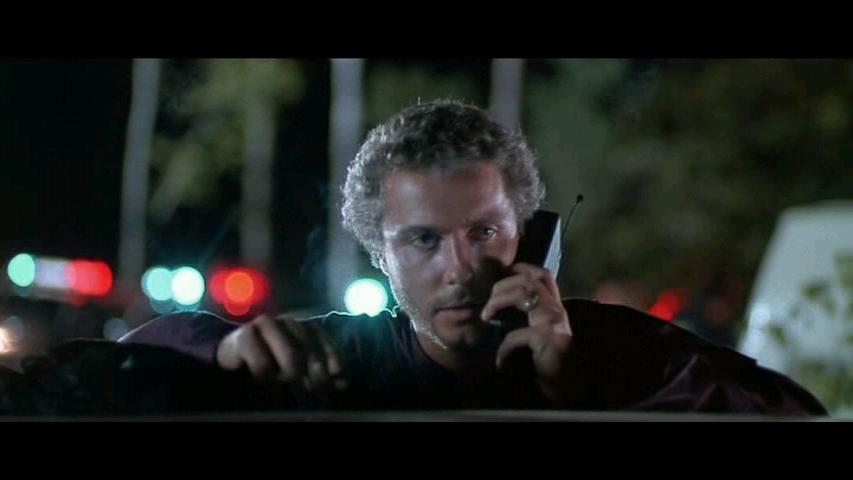
- Tom Noonan’s sympathetic performance as the deranged serial killer
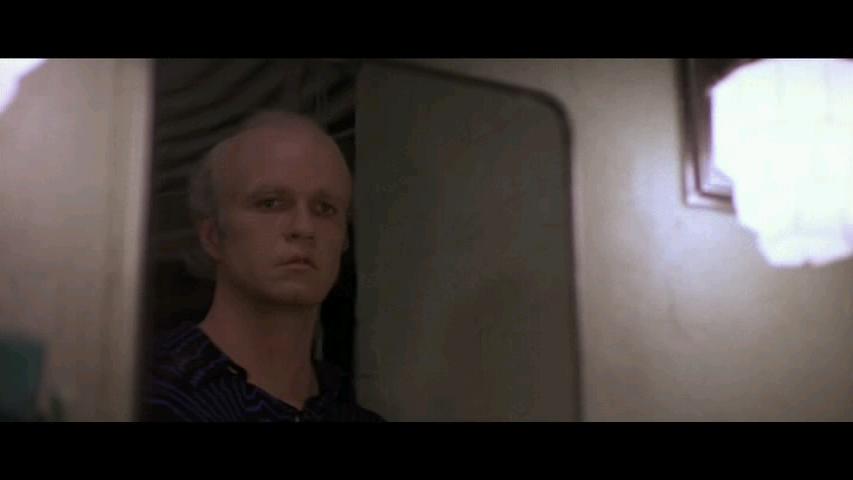
- Joan Allen as Reba, Lecktor’s blind co-worker
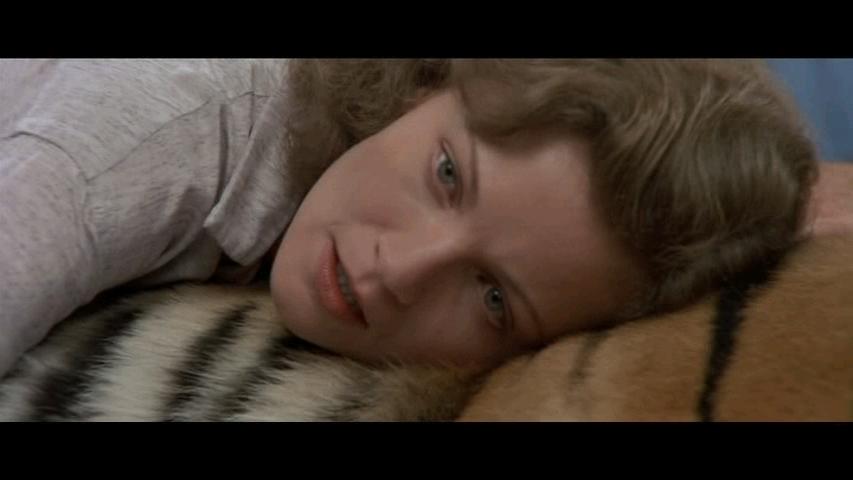
- Brian Cox as the “original” Hannibal Lecktor

- Effective use of stylized sets, camera angles, mirrors, and shadows
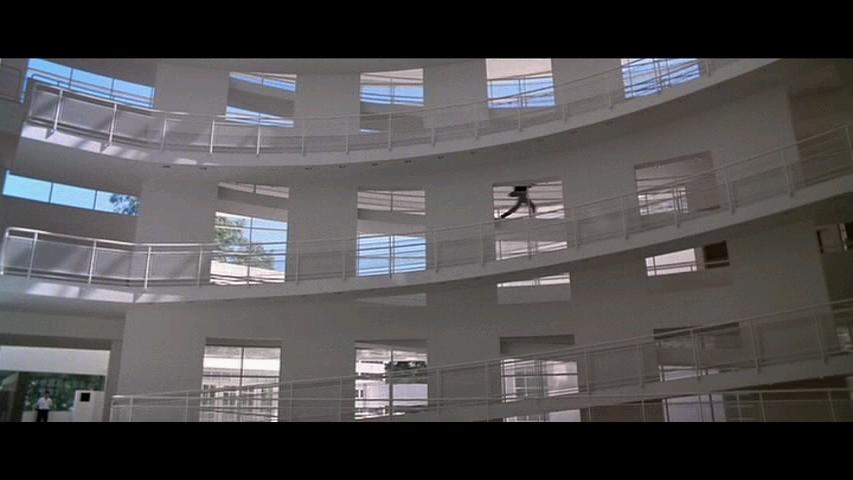
- Evocative, hue-drenched cinematography by Dante Spinotti

- Michael Rubini’s synthesized score
Must See?
Yes. This film — which has developed an underground cult following over the years — is a satisfying, well-made adaption of Thomas Harris’s Red Dragon, and should be seen by all film fanatics.
Categories
(Listed in 1001 Movies You Must See Before You Die)
Links:
|
